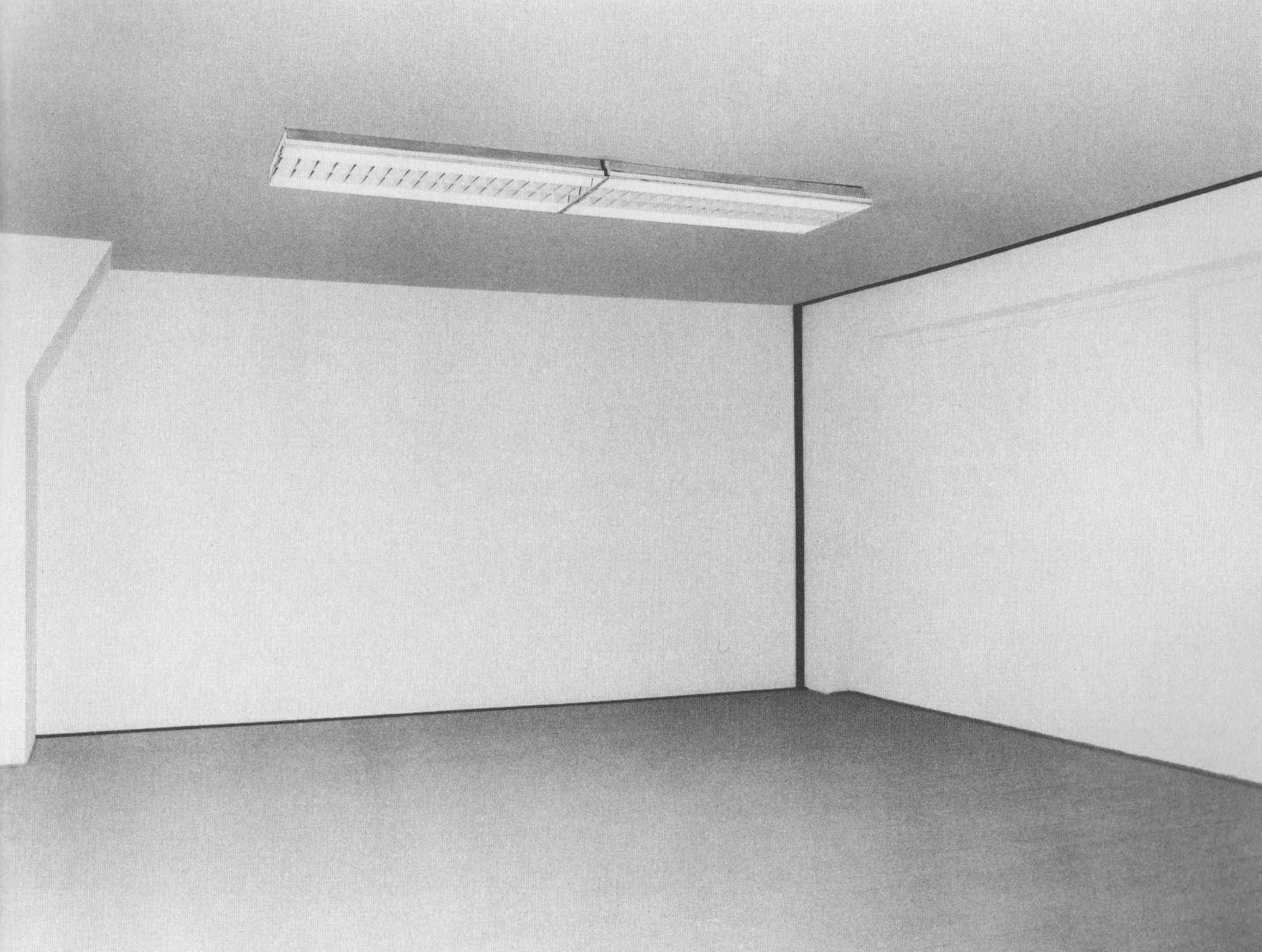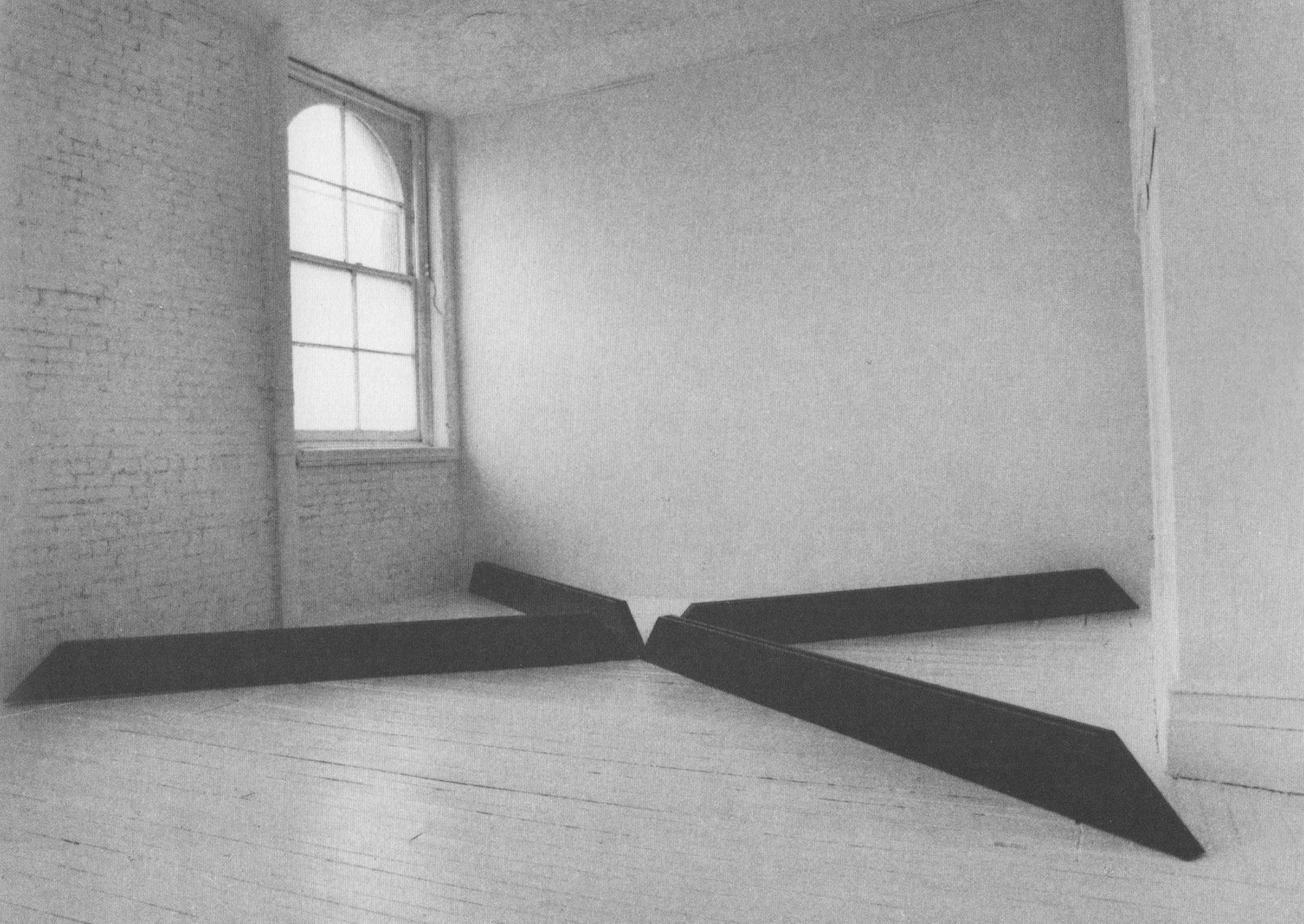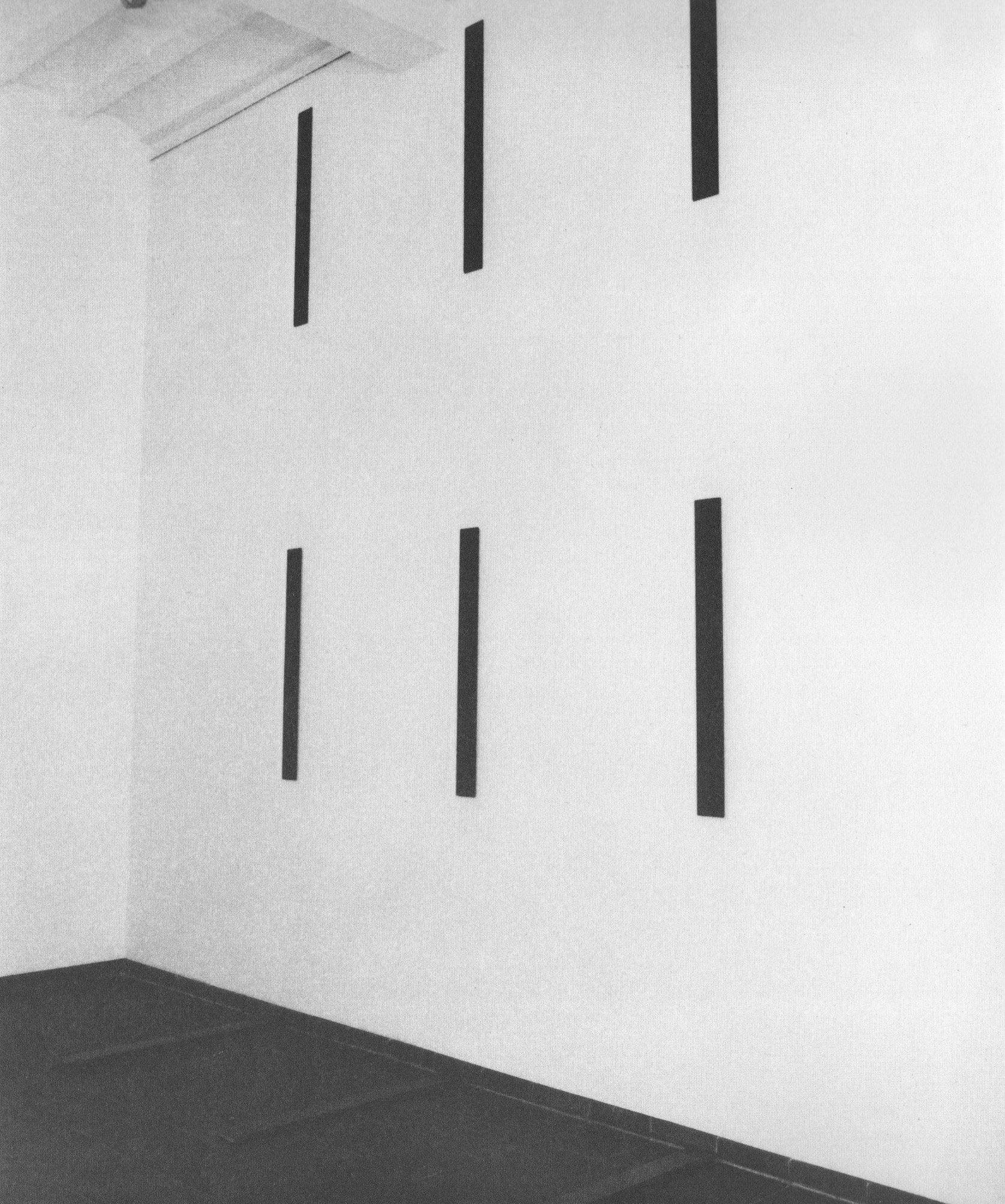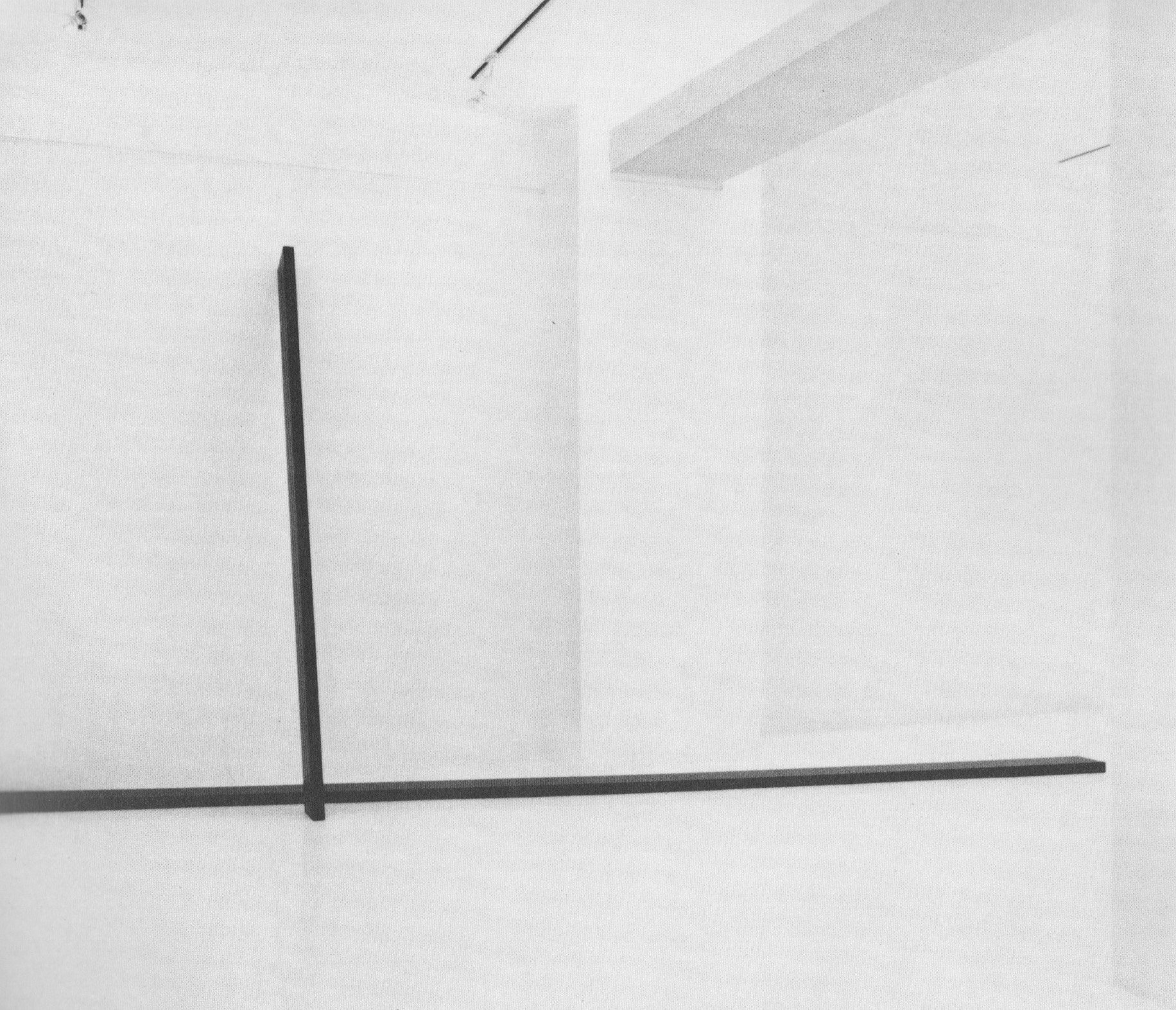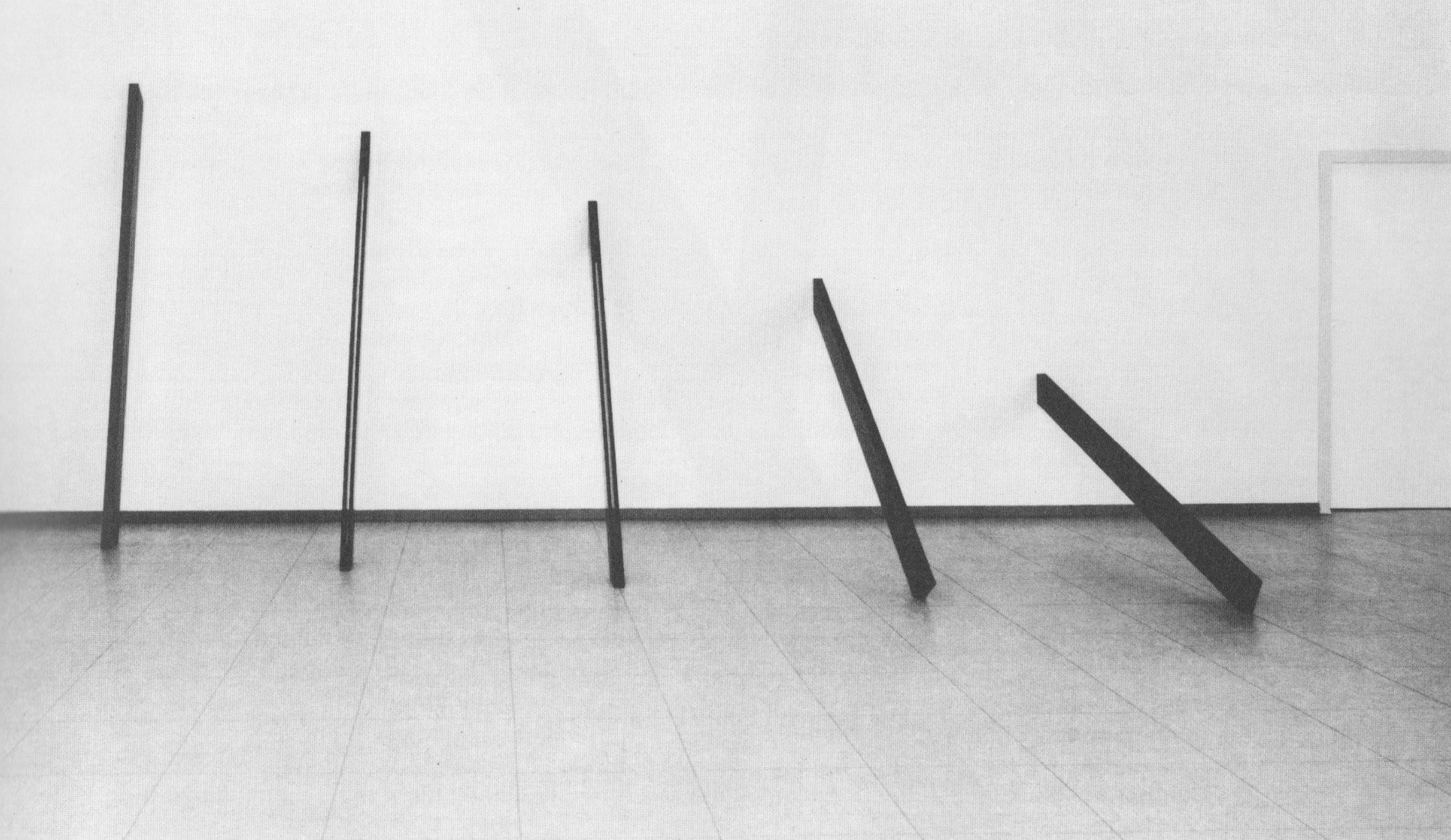spaces - models of possible orders
the perception of works of art is largely determined by factors external to the work of art. even the title of an exhibition can attract, put off, unite disparities or formulate content that the exhibited works were not striving for. a representation of the themes can guide the works’ reception, while the ability to grasp the creative process usually falls by the wayside.
factors external to the work of art influence perception, including the order of the objects in the room, the lighting conditions to which the objects are exposed, the effect of the room on visitors (height, boundary surface design, acoustics, temperature). taking these factors into account, the question arises as to how artists deal with art, the question of that thoughtlessness with which art is still treated as transportable, ie also easily sold by artists, but it does not seem to matter in which surroundings the objects find their changing domiciles: with the lofts came the "new wild ones", but not new possibilities for space-consuming objects.
imre kocsis' works are among the rare exceptions to that ignorance of the object environment that has almost become the rule. his installations are not merely placements in rooms, but insertions that have to be contended with. each installation reacts to the individual room dimensions with its control system (angle section objects, interrelated dimensions within the individual objects and between them) and several variables (e.g. lying or standing groups of objects). the individual structure of the installations makes them difficult for the art trade: they can be bought by end consumers, but hardly sold. the commitment of the galleries that exhibit imre kocsis is therefore all the more deserving. [...]
no empathy is required, or a picture behind the picture is suggested, instead, it presents the opportunity to understand a work of art through the installation, an understanding that allows spaces to be seen as changing and changeable, the installation as possible, not absolute, and that in imre kocsis's work models for a humane, therefore intelligent, engagement with our environment, including our social environment, is recognized.
jörg stürzebecher, 1990 (excerpt from “spaces - models of possible orders,” in imre kocsis, ed. peter weiermair (frankfurter kunstverein, 1990), 2. translation from the original german by robert b. roger, 2021)

